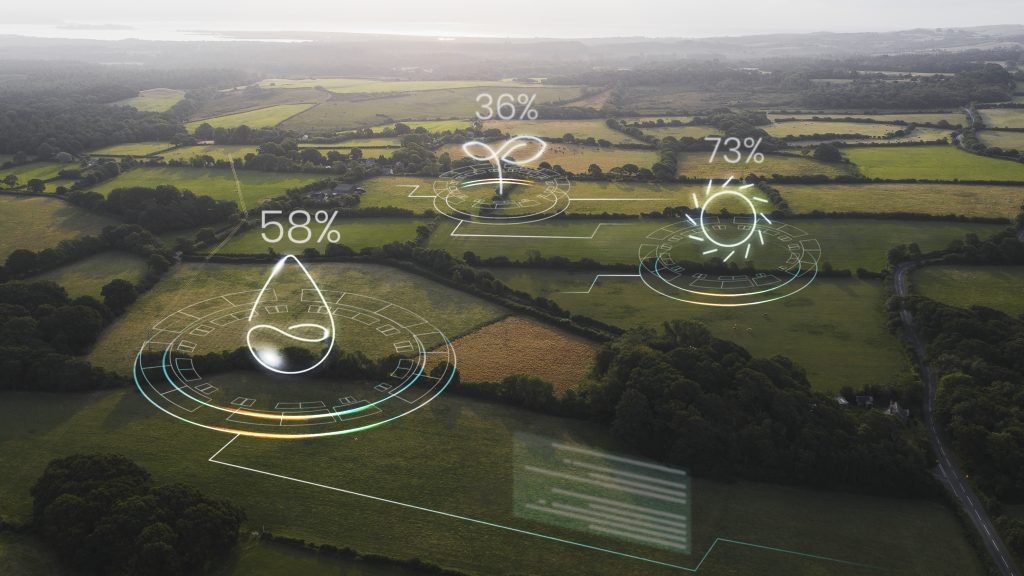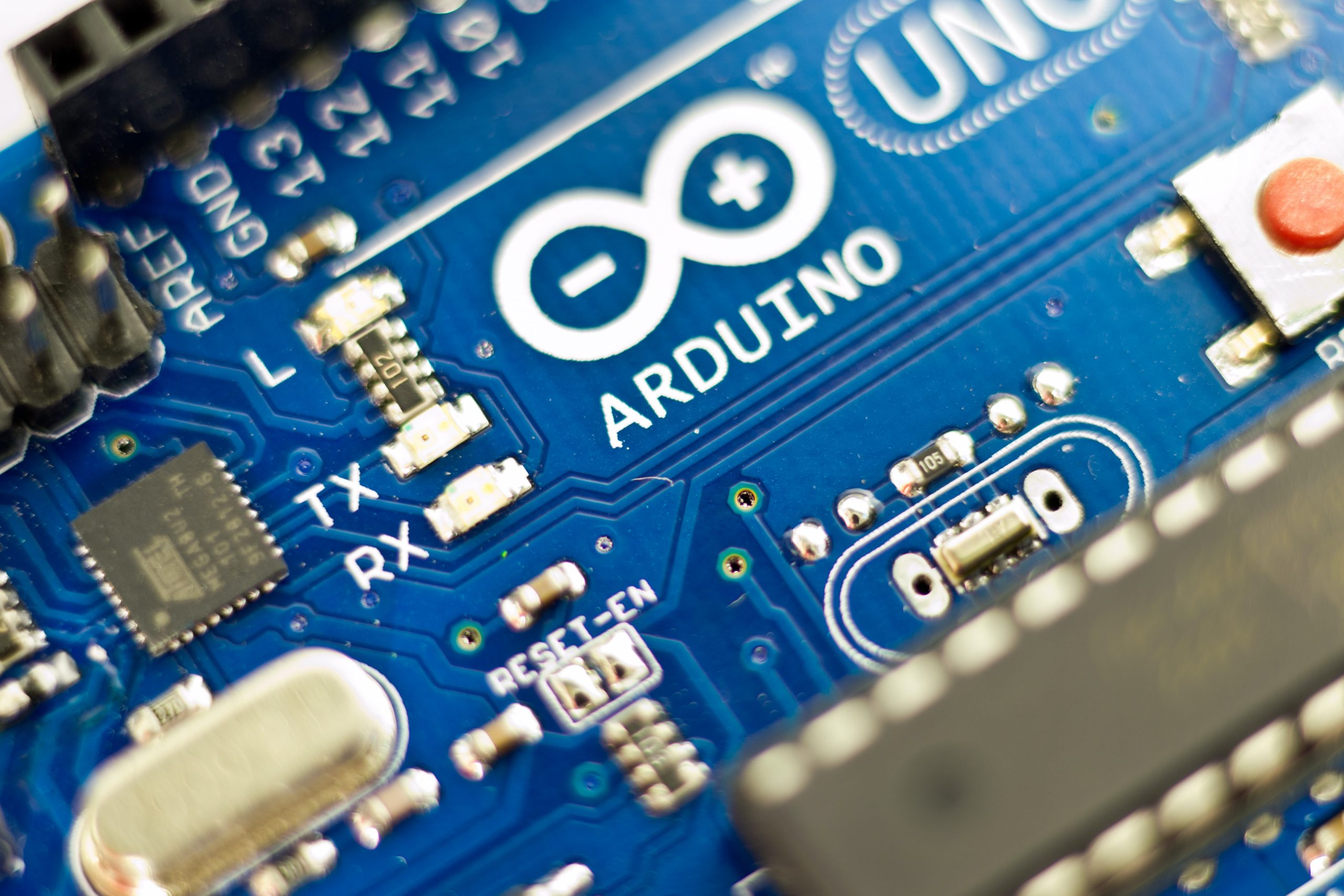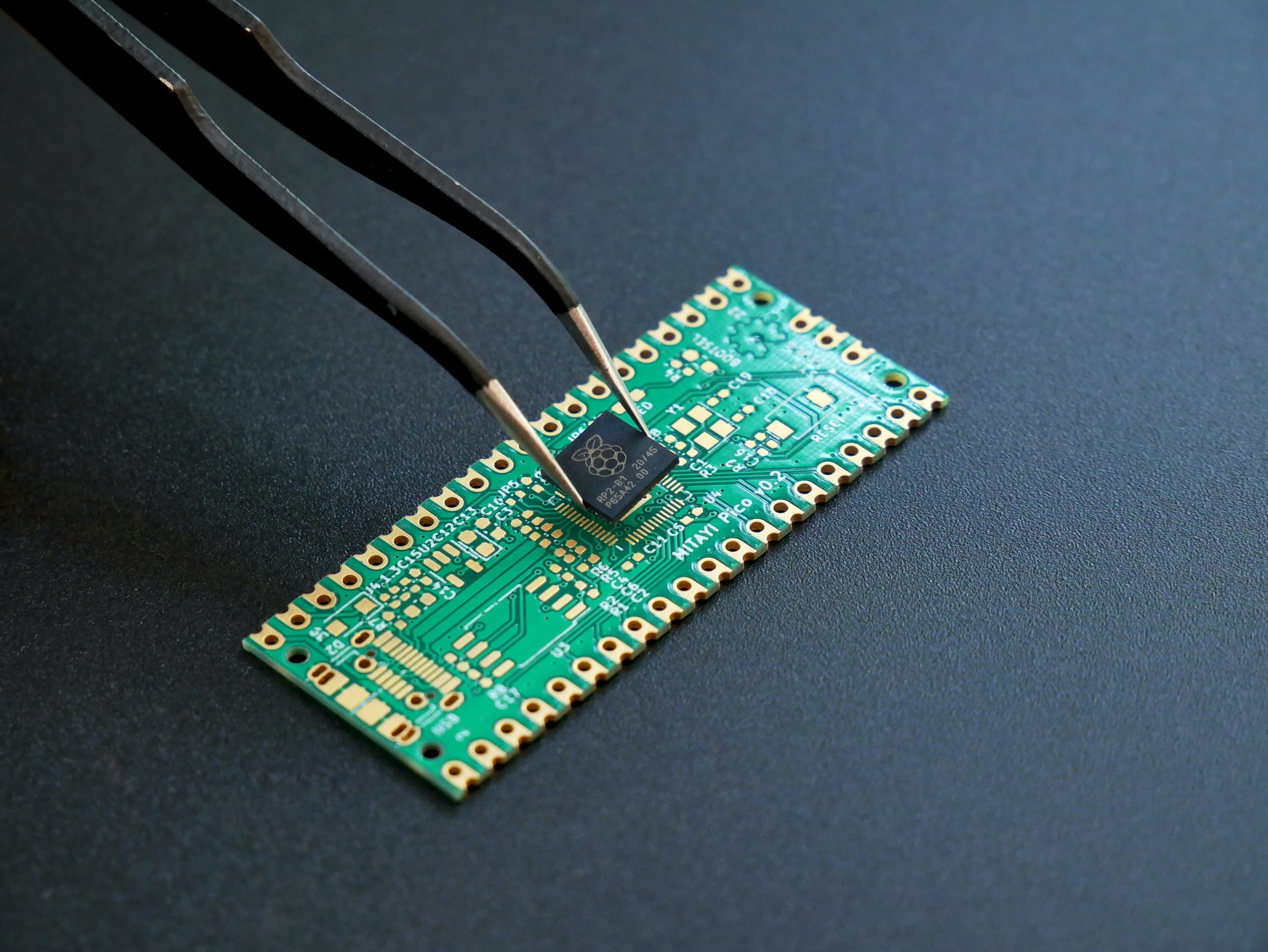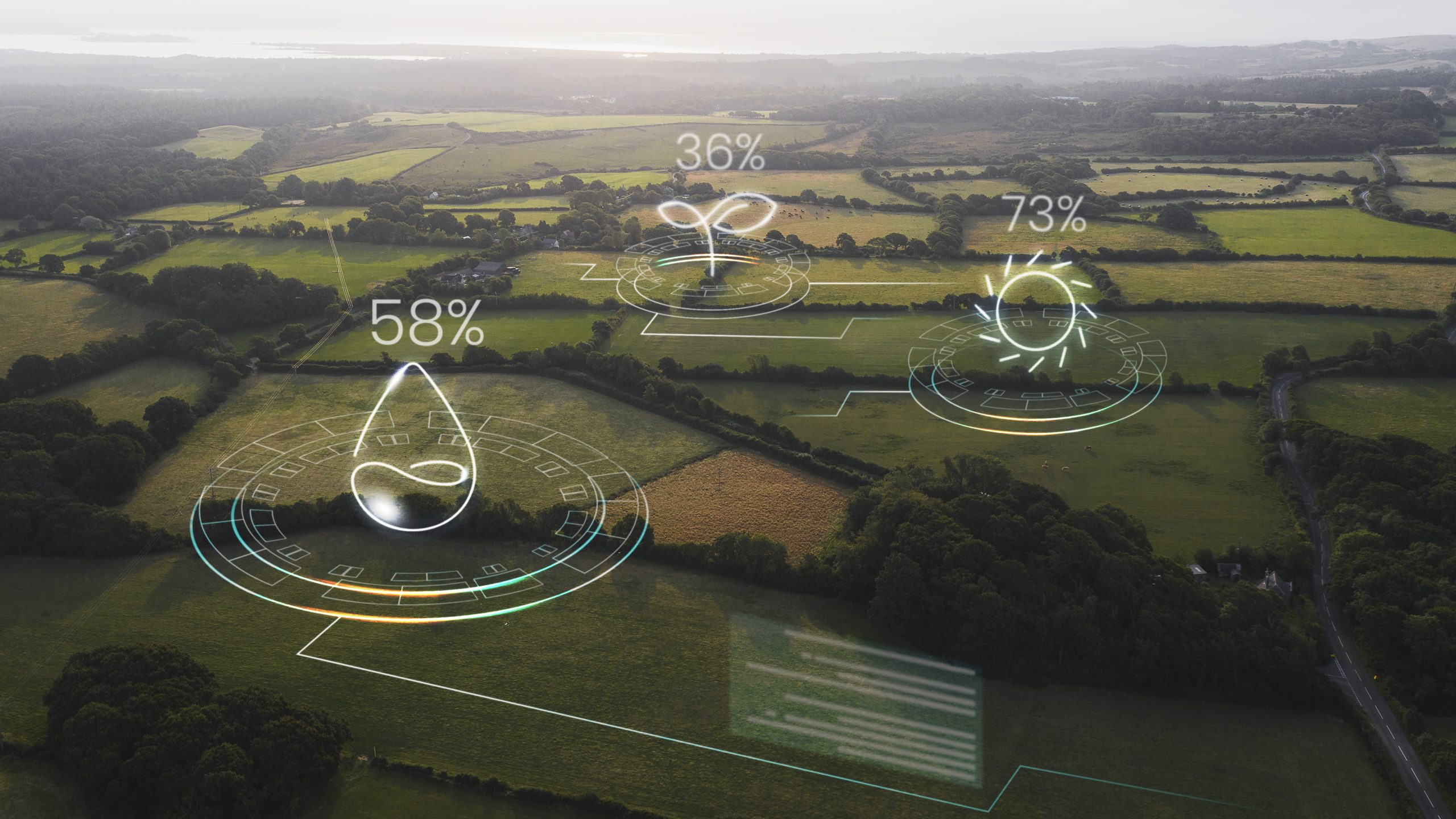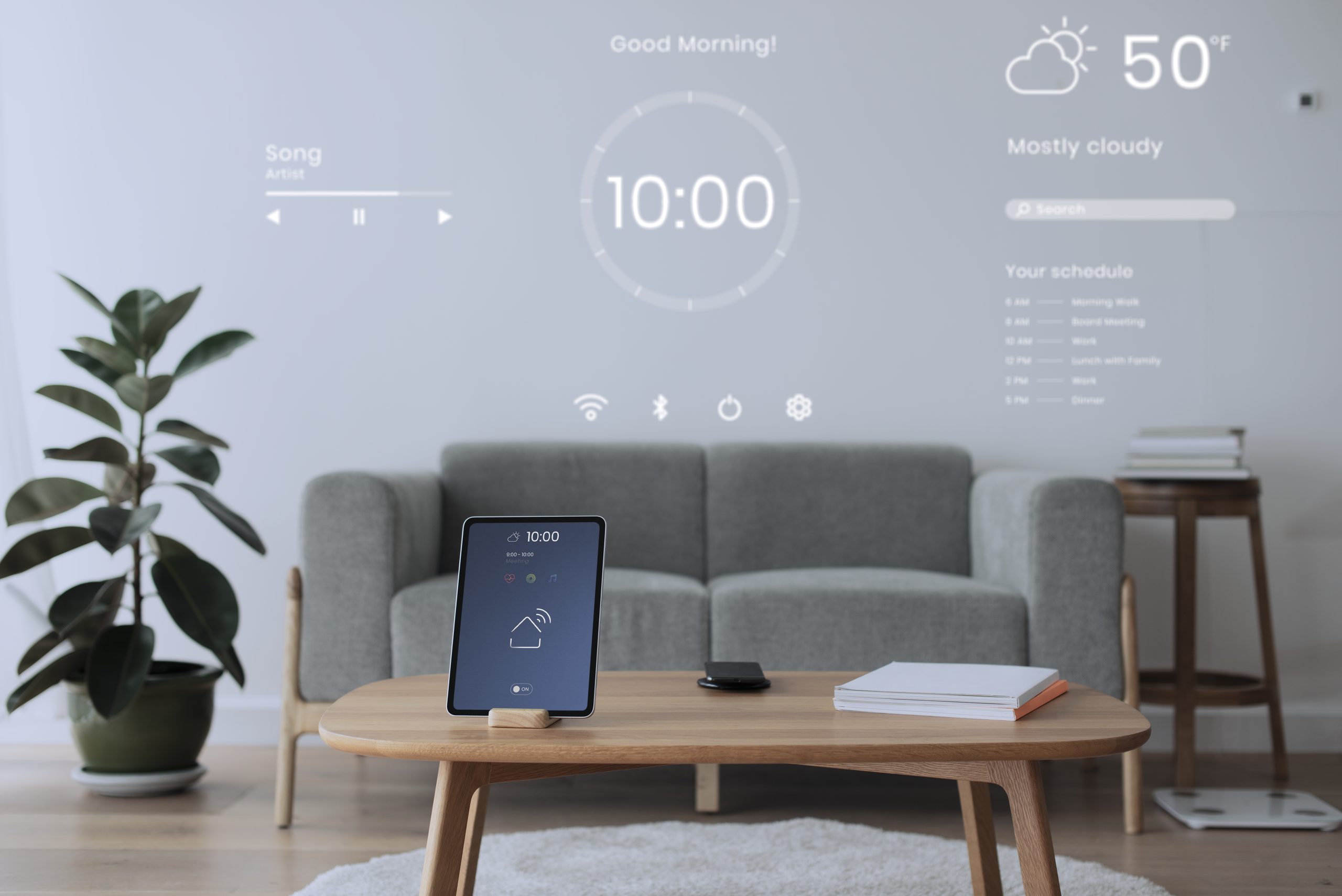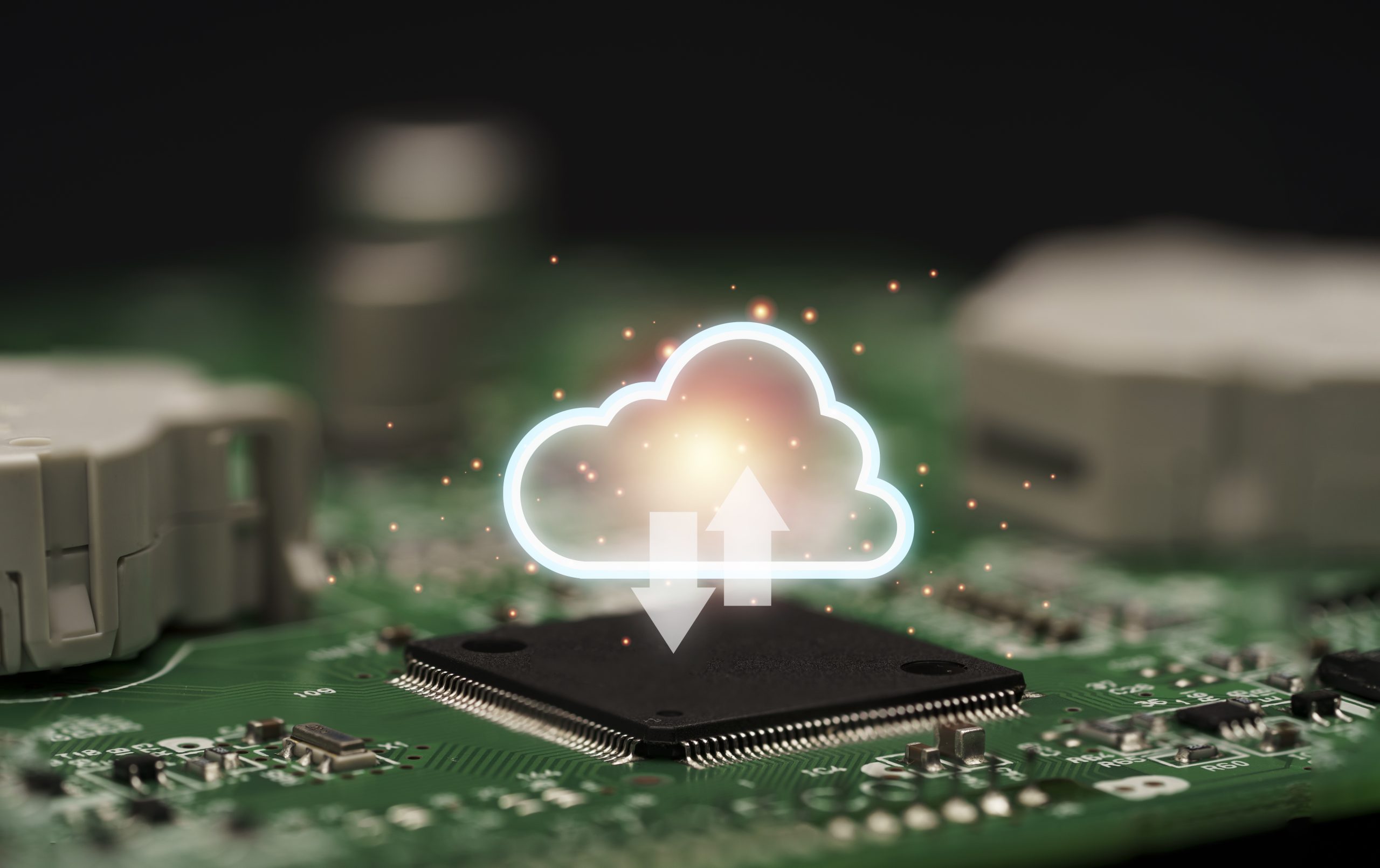The agricultural industry has grown rapidly in recent years with the integration of Internet of Things technology in agricultural practices. This integration, also known as IoT Smart Agriculture, has brought significant changes in the way farmers work.
One of the most significant advantages of IoT Smart Agriculture is the ability to monitor and control farming processes from anywhere and at any time. This is made possible through the use of sensors and devices that collect data and send it to the cloud.
IoT Smart Agriculture is also highly efficient, with the ability to automate tasks such as irrigation, fertilization, and pest control. This not only saves time and reduces labor costs but also ensures that resources are used effectively and sustainably.
Greenhouse Automation
A greenhouse is a technique that improves crop yields, vegetables, fruits, etc. In a greenhouse, temperature and humidity can be regulated and controlled more effectively. However, managing the complex environment in a greenhouse can be quite time and labor-intensive. Therefore, using automation systems is needed to control the environment in the greenhouse.
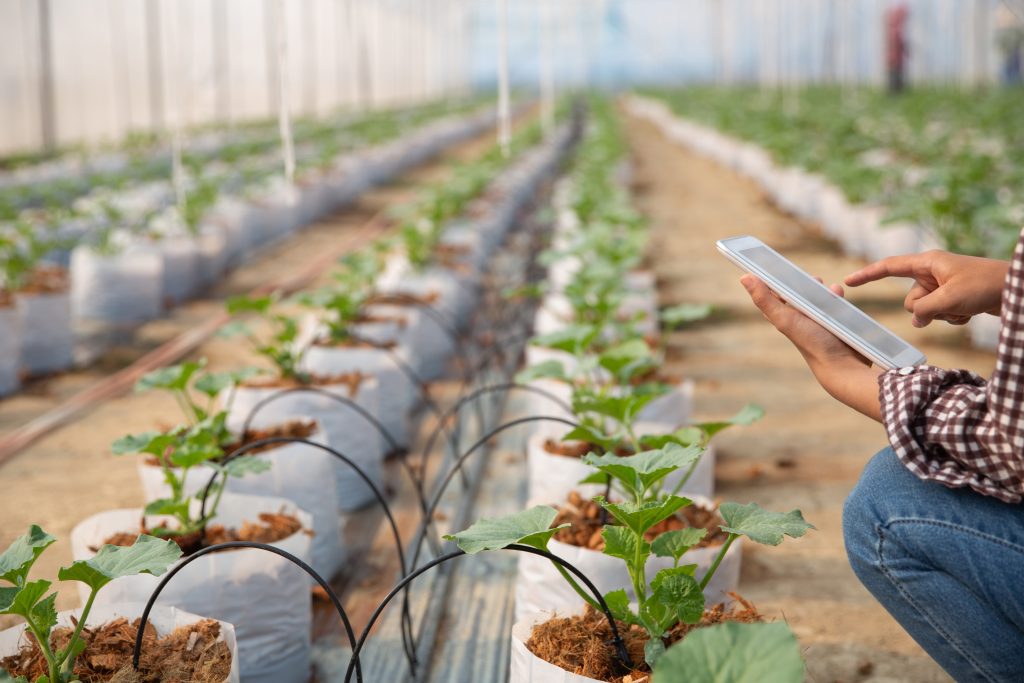
Sensor is used to measure environmental parameters according to the plant's needs. Then, a cloud server is created to access the system remotely when connected using IoT. Various sensors used to measure environmental parameters in the greenhouse are as follows:
- Soil Moisture Sensor: The sensor is used to measure soil moisture levels at a specific location. This device can help farmers or gardeners monitor soil moisture around their plants and ensure that the plants receive sufficient water.
- Light Sensor: The sensor is used to measure the intensity of light. In agriculture, this sensor can be used to monitor the amount of sunlight received by plants. Each type of plant has different requirements for the amount of sunlight needed to grow well.
- Temperature and Humidity Sensor: A sensor used to measure air temperature and humidity. In agriculture, this tool is used to monitor environmental conditions that affect plant growth. This allows farmers to adjust the temperature and humidity inside the greenhouse and provide protection against extreme environmental conditions.
The Benefits of Smart Greenhouse Automation
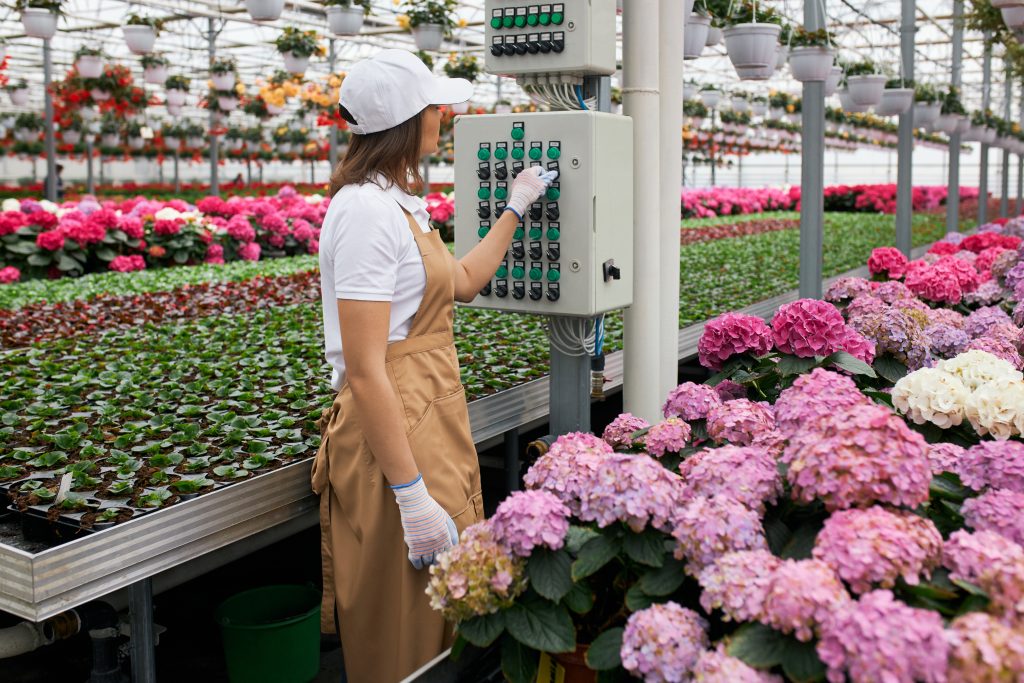
Image by serhii_bobyk on Freepik
Improving Productivity: Optimizing environmental parameters inside the greenhouse. Maintaining the temperature inside the greenhouse is crucial. It can help farmers achieve better results and increase production quantity.
Minimizing Operational Costs: By optimizing the use of resources such as water, electricity, and fertilizer, this can help farmers save costs and maximize profits.
Easy to Monitoring and Maintenance. Monitoring and maintenance in agriculture by providing easy and quick access to environmental parameter data inside the greenhouse with remote monitoring system protect plants from extreme temperature fluctuations. This can help farmers make better decisions regarding plant care.
CASE STUDY: Automated Mini Greenhouse
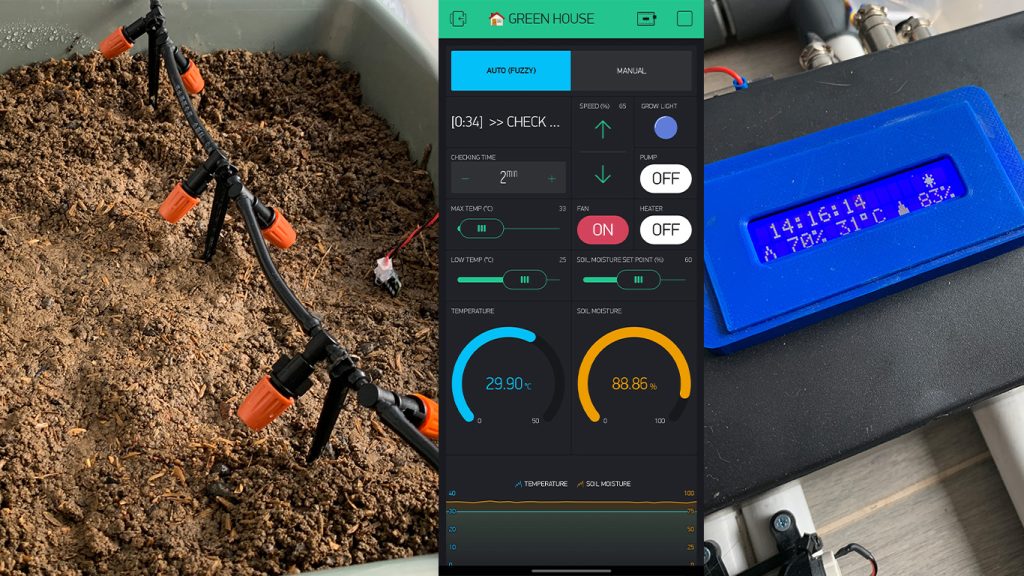
In implementation, we build this mini greenhouse to optimize the environment inside the greenhouse. By controlling the temperature and humidity using coolers such as fans and using a heater as feedback if the temperature is too cold.
A smart irrigation system is implemented in this system, using simple artificial intelligence, the system can make decisions for watering the plants. Additionally, all parameters can be controlled and monitored remotely via a mobile application. smartphone.

